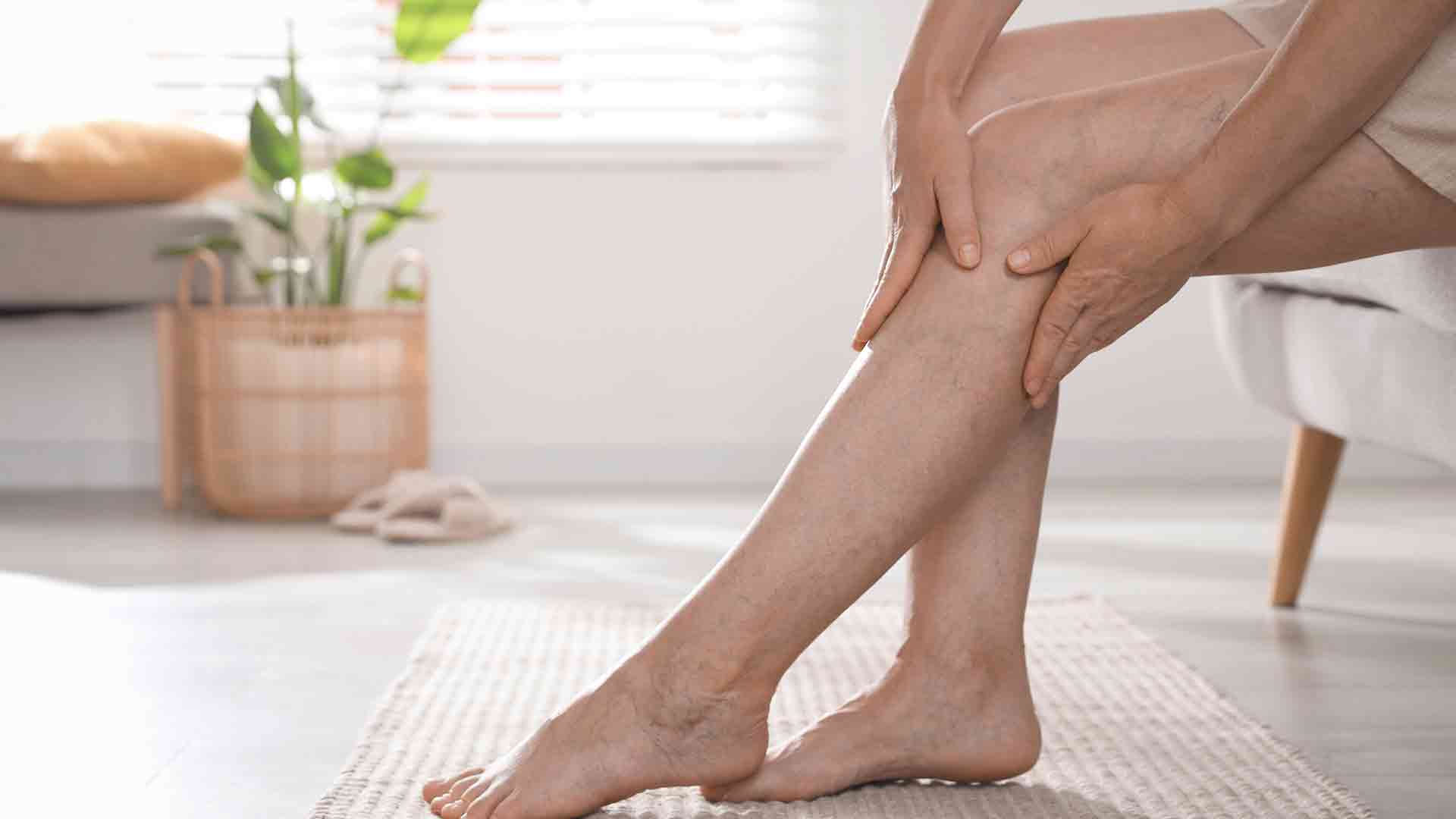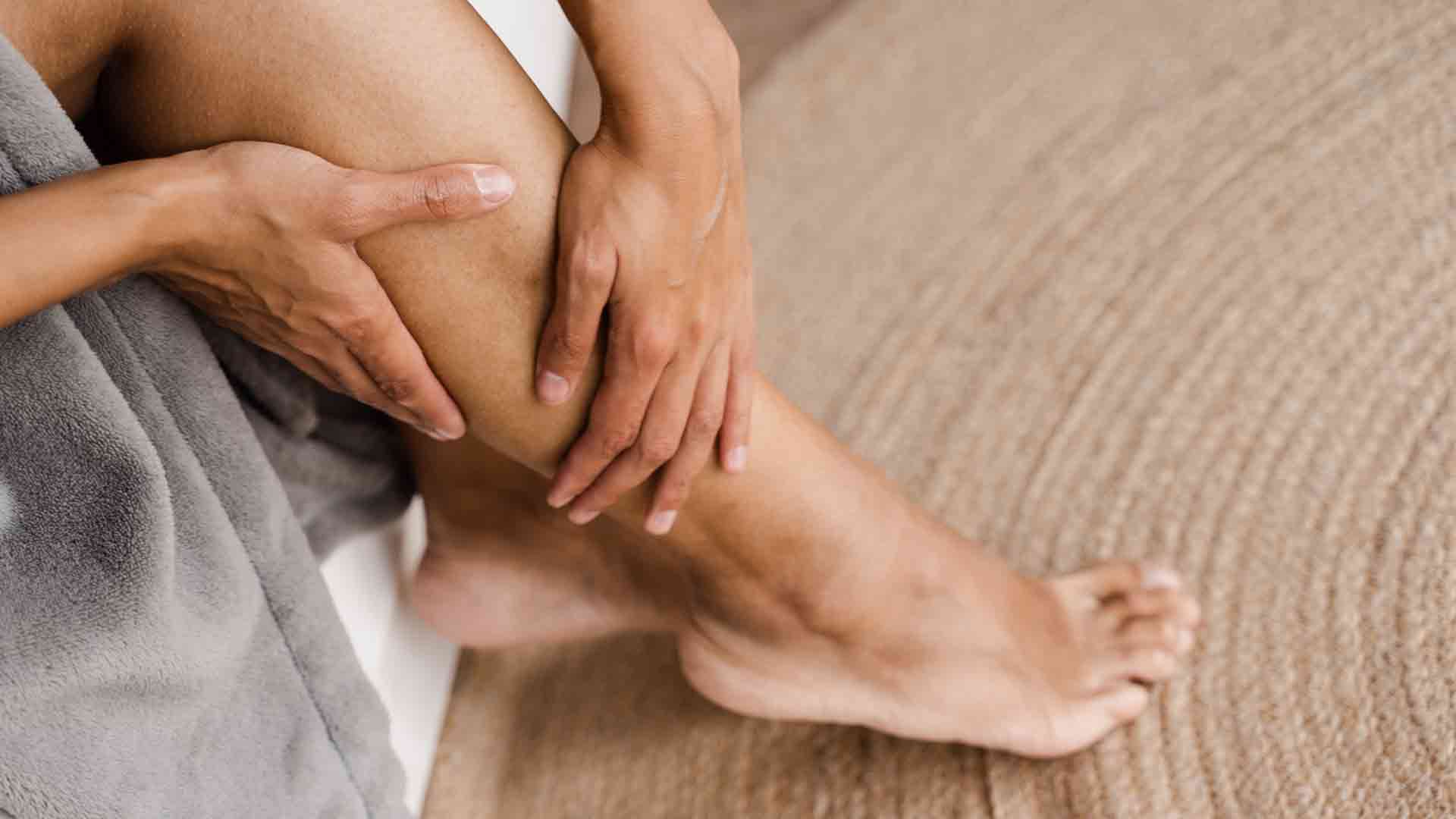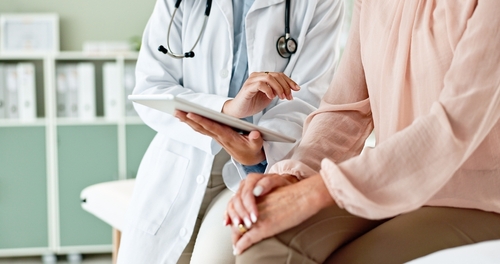If you’ve ever noticed those bulging, twisted veins beneath your skin—especially on your legs—you’re not alone. Varicose veins affect millions of people, and while they often start as a cosmetic concern, they can sometimes be a sign of something more serious. You might be wondering:Are varicose veins actually dangerous?
Let’s dive into what causes varicose veins, when they can pose a risk, and how to know if it’s time to seek help.
—
What Are Varicose Veins, Really?
Varicose veins are more than just a visual nuisance. They form when the valves inside your veins become weakened or damaged, causing blood to pool instead of flowing smoothly back to your heart. As a result, these veins swell, twist, and bulge, becoming those blue or purple lines that are so easy to spot.
The truth is, varicose veins can cause a range of uncomfortable symptoms, such as:
- Heavy or aching legs, especially at the end of a long day.
Swelling in the ankles and feet. - Itchy, burning skin around the affected veins.
- Cramping or throbbing that can disrupt your day or sleep.
Changes in skin texture near the veins, sometimes leading to darker, thicker skin.
While these symptoms can range from mildly annoying to downright painful, most varicose veins aren’t inherently dangerous. However, they can signal underlying issues with circulation that, if ignored, could lead to more serious health concerns.
Are Varicose Veins Dangerous? The Real Risks
For many, varicose veins are nothing more than a cosmetic concern or a source of discomfort after a long day. But they do carry the potential for more serious complications if left unchecked. Let’s explore what those risks are and when varicose veins could become dangerous.
—
1. Chronic Venous Insufficiency (CVI)
Varicose veins are often a visible sign of chronic venous insufficiency (CVI). This condition means your veins aren’t doing a good job of returning blood from your legs back to your heart. Over time, CVI can worsen and cause lasting damage to your veins and skin, including:
Persistent swelling that doesn’t go away after rest.
Changes in skin color and texture, such as hardening or darkening around the ankles.
Venous ulcers, which are open sores that can form near the affected veins due to poor circulation. These ulcers are not only painful but can become infected if not properly treated.
When varicose veins progress to CVI, it’s more than just a cosmetic issue—it’s a sign that your veins are struggling to function properly.
2. Blood Clots (Deep Vein Thrombosis – DVT)
One of the more serious risks associated with varicose veins is **deep vein thrombosis (DVT)**, which happens when a blood clot forms in a deeper vein. While varicose veins usually affect surface-level veins, they can increase the risk of clot formation deeper in the leg. DVT is dangerous because if the clot breaks loose, it can travel to your lungs, causing a **pulmonary embolism**, which is life-threatening.
Look out for these warning signs of DVT:
Sudden, severe leg pain
One leg significantly more swollen than the other.
Redness and warmth over a swollen vein.
If you notice any of these symptoms, it’s critical to seek medical help right away. DVT requires urgent treatment to prevent serious complications.
3. Superficial Thrombophlebitis
A less dangerous but still painful condition linked to varicose veins is superficial thrombophlebitis, where a blood clot forms just under the skin’s surface. This can cause localized swelling, redness, and tenderness in the affected area.
While it’s not as severe as DVT, superficial thrombophlebitis can still be uncomfortable and requires medical attention to prevent it from worsening.
4. Venous Ulcers: Painful and Persistent
Varicose veins can eventually lead to **venous ulcers**, which are open sores that develop when skin and tissues don’t get enough oxygen due to poor blood flow. These ulcers typically form near the ankles and can be very difficult to heal, especially if you have underlying circulation issues.
If you notice any slow-healing wounds around your varicose veins, it’s a sign that your circulation is impaired and needs professional attention.
5. Bleeding from Varicose Veins
Because varicose veins are often close to the skin’s surface, they’re more susceptible to injury. Something as simple as bumping your leg or scratching over a swollen vein can cause it to bleed. While this type of bleeding is usually not life-threatening, it can be alarming and hard to stop. In these cases, you’ll need to apply pressure and seek medical help to manage the situation.
When Should You See a Doctor?
If you’re experiencing more than just cosmetic concerns with your varicose veins, it’s time to consult a professional. Here are some clear signs that it’s time to get medical advice:
Constant pain or heaviness in your legs, especially if it’s getting worse.
Swelling that doesn’t go away, even after elevating your legs or resting.
Skin changes like thickening, discoloration, or the development of sores.
Bleeding from a varicose vein, which could indicate fragile skin.
Sudden swelling, pain, or redness in one leg, which could signal a blood clot.
A vein specialist can assess your condition and recommend the best course of action to improve both your comfort and your circulation.
Treatment Options for Varicose Veins
If your varicose veins are more than a cosmetic concern, there are several treatment options to consider. Here are a few of the most common solutions:
1. Compression Stockings
These stockings provide graduated pressure to help veins push blood back toward the heart, reducing swelling and discomfort. They’re a great first step for managing mild varicose veins.
2. Sclerotherapy
Sclerotherapy involves injecting a solution directly into the affected vein, causing it to collapse and fade over time. This is a simple, effective treatment for smaller varicose veins.
3. Laser Therapy
Laser treatments use targeted light energy to close off smaller varicose veins. It’s a non-invasive procedure that’s ideal for treating superficial veins.
4. Radiofrequency Ablation (RFA)
This minimally invasive procedure uses radiofrequency energy to heat and seal off larger varicose veins, improving blood flow and reducing symptoms.
5. Vein Stripping and Ligation
In more advanced cases, vein stripping or ligation may be necessary to remove or tie off damaged veins. This is usually considered when other treatments have not been effective.
How to Prevent Varicose Vein Complications
While some risk factors like genetics and age can’t be controlled, there are lifestyle changes you can make to help prevent varicose veins from worsening:
Stay active: Regular exercise helps improve circulation and prevents blood from pooling in your veins.
Elevate your legs: Raising your legs for a few minutes several times a day can help reduce pressure on your veins.
Avoid sitting or standing for too long: Try to move around every 30 minutes to encourage better blood flow.
Wear compression stockings: They’re a simple yet effective way to prevent varicose veins from worsening.
Maintain a healthy weight: Carrying excess weight puts extra pressure on your legs and veins.
In Conclusion: Are Varicose Veins Dangerous?
While varicose veins are often more of a cosmetic issue, they can sometimes signal more serious health problems, such as blood clots or chronic venous insufficiency. If you’re experiencing pain, swelling, or any other concerning symptoms, don’t ignore them—varicose veins can be more than just a surface-level issue.
If you’re worried about your varicose veins, contact a vein specialist to discuss your treatment options and how to manage the condition before it leads to complications. You deserve to feel confident, comfortable, and in control of your health.
For more information on vein health, contact Dr. Kronson Team of experts today.


